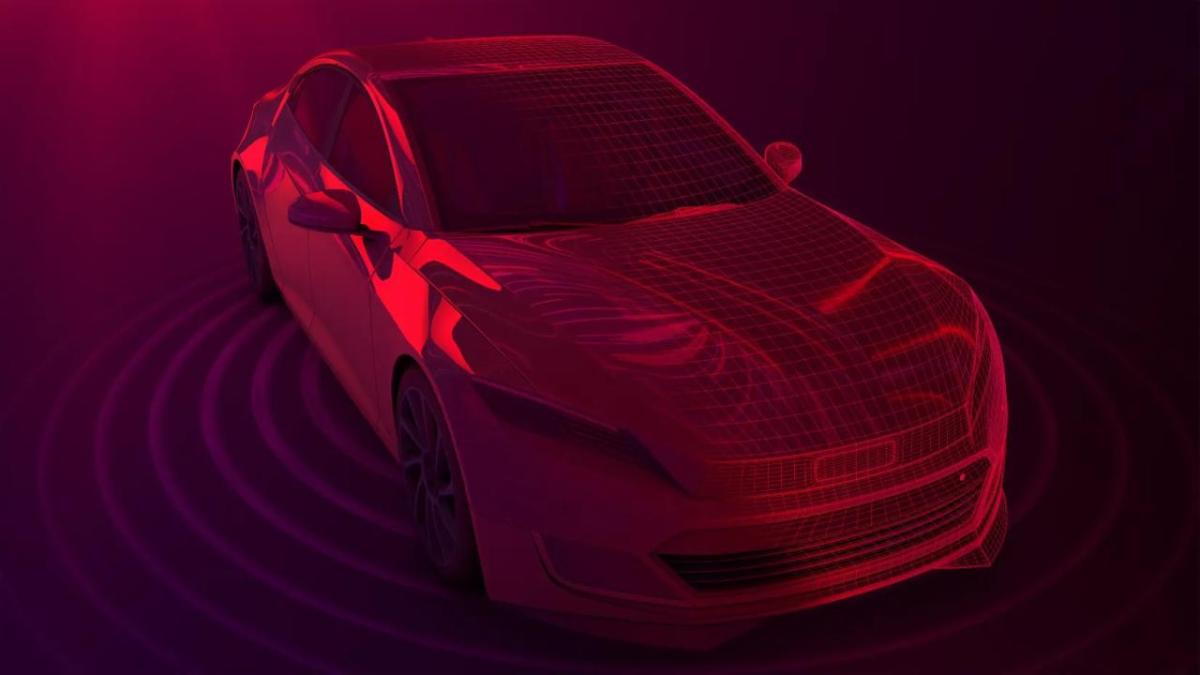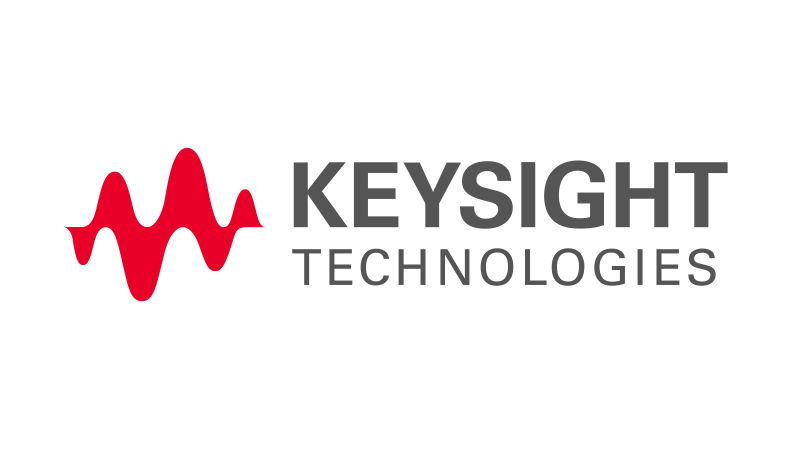SDV Series Episode 1: What Is an SDV?
The global digital transformation is reshaping the automotive industry, and at the center of this shift is the software-defined vehicle (SDV). While the concept is not entirely new, it has rapidly gained momentum and is redefining how vehicles are designed, built, and experienced.
The Software-Defined Vehicle: More Than Just a Buzzword
Think of SDVs as smartphones on wheels: always connected, ready for the next update, and full of apps and features!
A software-defined vehicle is one whose features and functions are primarily based on software. The transition from traditional vehicles to SDVs involves decoupling software from hardware and establishing a layered, zonal architecture, creating vehicles that are safer, more intelligent, connected, and field upgradable. This enables continuous improvements via over-the-air (OTA) updates, real-time data integration, and a more personalized, intelligent driving experience — a car that feels more like a smartphone than a heavy machine.
From Hardware to Software: The New Automotive Paradigm
Traditionally, vehicles have been hardware-centric machines. Innovation was driven by mechanical engineering, with software playing a supporting role, often locked into individual Electronic Control Units (ECU) with limited flexibility.
The SDV flips this model. Today, most vehicle functions, from infotainment to driving dynamics, are enabled, controlled, and continuously updated through software. This is made possible by a modular and zonal architecture that decouples software from hardware.
In essence, a software-defined vehicle is characterized by:
- A zonal architecture with centralized computing, typically featuring one or two high-performance computers (HPCs) that replace the large number of traditional ECUs. Zonal gateways complement this setup by integrating multiple physical and virtual ECUs at the edge.
- Modular software stacks allowing for faster innovation on scalable and flexible platforms enabling new features to be added over time.
- Extended connectivity including 4G, 5G, Wi-Fi 7, UWB and planning for NTN and 6G enabling always connected and broadband access.
- OTA updates delivering new features and bug fixes and security updates that will improve the user experience.
- Cloud backend integration enabling real-time data and services with the large amount of data gathered.
- New sets of functions and features, including AI, are transforming the car into a digital experience space.
This transformation not only drives technological progress, but it also unlocks entirely new business models and ecosystems. Automakers and partners can create ongoing revenue streams, build new customer touchpoints, and extend the vehicle lifecycle far beyond the point of sale.
The Race Is On
SDVs are no longer a futuristic concept, they’re already here. Leading original equipment manufacturers (OEM) are investing heavily in software platforms, cloud infrastructure, and next-generation vehicle architecture as well as embedded AI computing capabilities. At the same time, new companies are entering the automotive space with bold ambitions and fresh perspectives. The result is a race to redefine what a vehicle is and what it can become.
The SDV is not just a new type of car. It represents a fundamental shift in how we think about mobility, innovation, and customer engagement. For those ready to lead, the opportunities are vast.
In the next article of our SDV Blog Series, we’ll take a closer look at the architectural transformation behind SDVs, and how the shift from domain-based to zonal and service-oriented architectures is enabling the future of SDVs.



